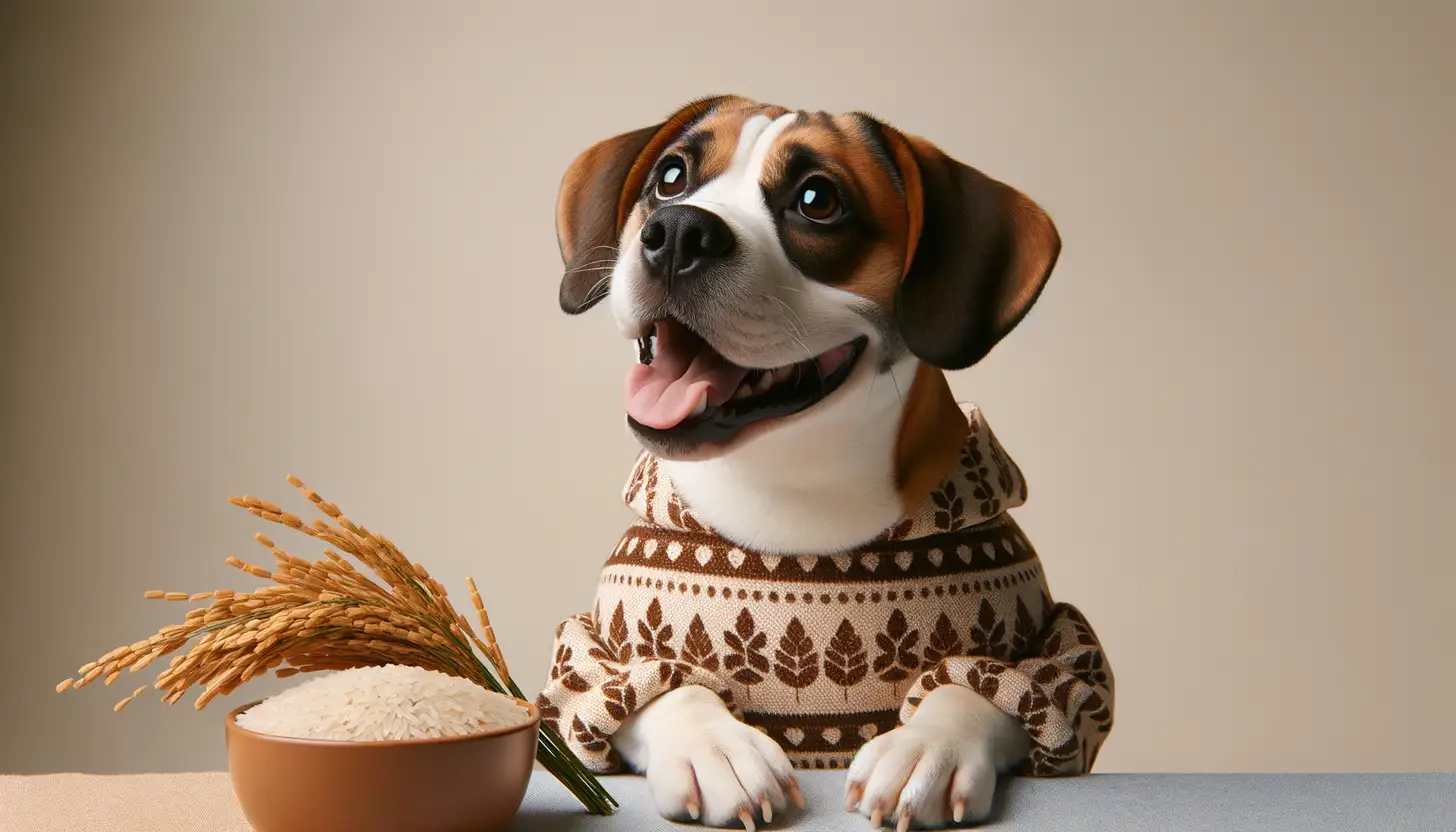
Can Dogs Eat Brown Rice?
Yes, dogs can eat brown rice! In fact, brown rice is often found in commercial dog foods due to its nutritional benefits. It’s a whole grain, meaning it retains its natural fiber, vitamins, and minerals—making it a healthier choice over white rice.

By Stefan Stumpfl, in collaboration with Dr. Ali Raza.
Updated on Jun 26, 2024
Brown rice is a whole grain that retains all parts of the grain, making it richer in nutrients compared to white rice.
Brown Rice
Nutrition
Taste
Digestibility
Feeding Frequency
Allergic Risk
Why is Brown Rice Healthy for Dogs?
Brown rice is an excellent source of fiber, which aids in digestion and maintains bowel health. It also provides essential nutrients like magnesium, selenium, and B vitamins, which support energy levels and overall well-being. Studies and veterinary endorsements hail brown rice for its role in helping manage insulin levels in diabetic dogs.
Do Dogs Like Brown Rice?
It depends on the dog. Some dogs love the taste and texture of brown rice, eagerly gobbling it up with their meals. Others might be indifferent or even picky about it. It’s always a good idea to introduce it gradually to see how your furry friend responds.
Can Puppies Eat Brown Rice?
Yes, puppies can eat brown rice, but in moderation. Their diets need to be more balanced to support rapid growth and development. Brown rice can be a nutritious supplement but shouldn't replace specially formulated puppy food.
Can Dogs Be Allergic to Brown Rice?
While uncommon, dogs can be allergic to brown rice. Symptoms might include itching, digestive issues, or skin irritations. If you suspect an allergy, consult your veterinarian for proper testing and guidance.
How Much Brown Rice Can Dogs Eat?
For most dogs, a small portion of brown rice mixed into their regular food is plenty. For a medium-sized dog, start with about a tablespoon and monitor their response. Larger breeds can handle more, but it should still be less than 10% of their total diet. Overfeeding can lead to weight gain or nutritional imbalances.
Best Ways to Incorporate Brown Rice Into Your Dog’s Diet
Cook the brown rice thoroughly in plain water—no seasoning, oils, or additives. Mix it with your dog's current food, or serve it alongside lean proteins like chicken or fish for a balanced meal. Always ensure the rice has cooled down before serving.
Potential Risks of Brown Rice
Feeding brown rice in large quantities can upset your dog’s stomach, leading to digestive problems like diarrhea or bloating. Also, uncooked or improperly cooked rice can be hard to digest and cause choking hazards. Always serve it cooked and plain.
Other Healthy Food Options
If you're looking to diversify your dog's diet, consider these other healthy options:
- Oats: High in fiber and easy on the stomach.
- Sweet potatoes: Rich in vitamins A and C, great for treats.
- Carrots: Low in calories and good for dental health.
Conclusion
Including brown rice in your dog's diet can offer several health benefits, from improved digestion to better energy levels. However, moderation is key—too much of a good thing can lead to issues. Always check with your vet, especially if your dog has specific dietary needs. Remember, a happy, healthy dog starts with a balanced diet!